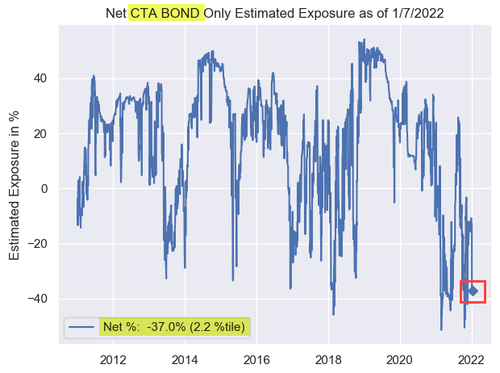“The way to crush the bourgeoise is to grind them between the millstones of taxation and inflation.”
This Morning: Inflation should be front and centre for markets – give or take Ukraine, Oil, etc. How real is it, and just how bad could the consequences be? Not talking about it is one way to ensure it hurts.
Contrary to expectations, World War Last didn’t break out yesterday. Either the Russians are stepping back or they are retreating in a forward direction while adding thousands of new troops… Who knows..? Who to believe? In the absence of evidence or a credible reason for Putin pressing the auto-destruct button while he’s winning, (er, yes, he probably is as the West discomboffulates around the issue, beset by leadership crises, division, energy prices and distrust), can we now look forward to Spring?
And get back to worrying about real stuff. Like inflation?
The news this morning is UK inflation hitting a 30-year high, home price rises in the US and UK earning more than the average working wage, and the Fed Minutes – yawn. Put these together and it looks torrid. Yet the market seems unbovvered… There is a strong likelihood the Fed will hike 50 bp in March and up to 10 times in the next (whatever length of time) years/months/minutes… Whateva… Expectations of aggressive moves in rates have doubled in recent weeks.
Commentary in the bond market ranges from the risks of over-aggressive policy mistakes, arguments about how long “transitory” inflation might last, and the risks of further supply and wage driven inflation hikes…
…click on the above link to read the rest of the article…












/confused-confusion-571b8bf35f9b58857db47336.jpg)









CHICAGO – Smart economic policymaking invariably requires trading off some pain today for greater future gains. But this is a difficult proposition politically, especially in democracies. It is always easier for elected leaders to indulge their constituents immediately, on the hope that the bill will not arrive while they are still in office. Moreover, those who bear the pain caused by a policy are not necessarily those who will gain from it.
That is why today’s more advanced economies created mechanisms that allow them to make hard choices when necessary. Chief among these are independent central banks and mandated limits on budget deficits. Importantly, political parties reached a consensus to establish and back these mechanisms irrespective of their own immediate political priorities. One reason why many emerging markets have swung from crisis to crisis is that they failed to achieve such consensus. But recent history shows that developed economies, too, are becoming less tolerant of pain, perhaps because their own political consensus has eroded.
Financial markets have become volatile once again, owing to fears that the US Federal Reserve will have to tighten its monetary policy significantly to control inflation. But many investors still hope that the Fed will go easy if asset prices start to fall substantially. If the Fed proves them right, it will become that much harder to normalize financial conditions in the future.
Investors’ hope that the Fed will prolong the party is not baseless. In late 1996, Fed Chair Alan Greenspan warned of financial markets’ “irrational exuberance.”…
…click on the above link to read the rest of the article…